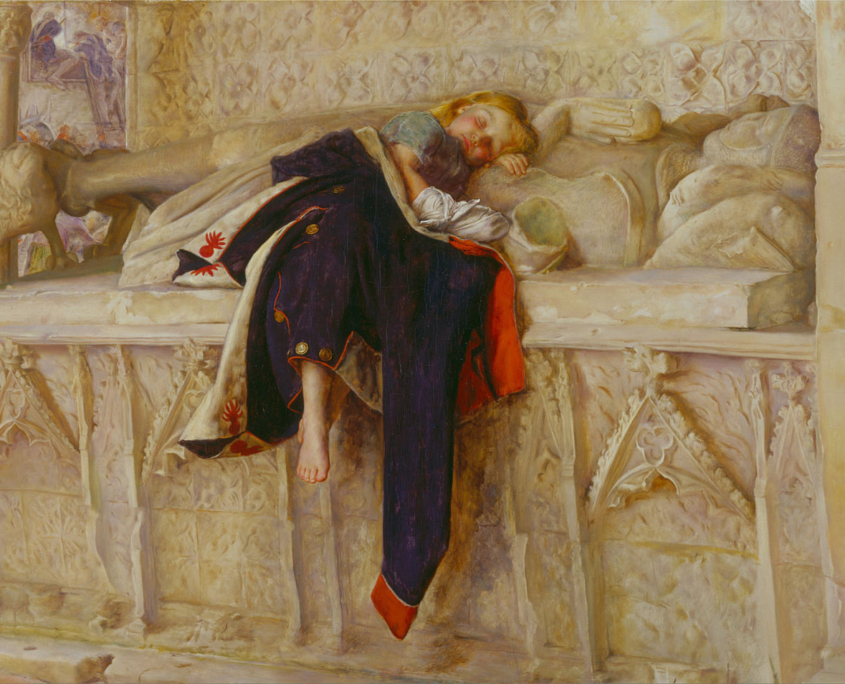The Modern Era
By the eighteenth century John Wesley, who came to preach here, wrote of ‘that poor skeleton of Ancient Winchelsea with its large church now in ruins.’
By the eighteenth century John Wesley, who came to preach here, wrote of ‘that poor skeleton of Ancient Winchelsea with its large church now in ruins.’
long serving rector at the time was the formidable Drake Hollingberry who held the living from 1767 to 1822. During his incumbency a large Georgian rectory was built on the site of the old St. Giles’, with many of its stones going to build a new harbour wall at Winchelsea Beach. An ancient Saxon tower which stood in the churchyard was also demolished for this purpose.
During the Napoleonic Wars several different regiments were lodged in Winchelsea‘s Barrack Square. The Church Register records that 72 soldiers belonging to various regiments were buried in the churchyard during the Peninsular War (1808-14).
In the early years of the nineteenth century, the church had become so dilapidated that it was declared ‘almost unfit for public worship’, but in 1850 the perilous condition of the fabric was finally realised and extensive repairs carried out. Since that time a constant watch has been kept on the state of the fabric, both inside and outside the church.
